Endereço
304 North Cardinal St.
Dorchester Center, MA 02124
Horas de trabalho
Segunda a sexta: 7h00 - 19h00
Fim de semana: 10h - 17h
Endereço
304 North Cardinal St.
Dorchester Center, MA 02124
Horas de trabalho
Segunda a sexta: 7h00 - 19h00
Fim de semana: 10h - 17h

Good lighting is crucial in the operating room, allowing access and visualization of patient anatomy for accurate procedures. Medical-grade surgical lights provide focused, adjustable illumination vital for maximizing surgical safety and performance outcomes. This article explores why brightness capacity matters in surgical lights; which patient factors necessitate enhanced lighting; the measurable clinical, economic and safety benefits of optimized surgical illumination; and the latest technological trends. Read on to learn how to comprehensively evaluate your facility’s surgical lighting needs.
Surgical lights must meet rigorous performance criteria for high-accuracy procedural environments like operating theaters. Paramount benchmarks include:
● Brightness: Measured in Lux or Foot-candles (Fc), the brightness output determines the sharpness and clarity of surgical site illustration.
● Color Rendering Index (CRI): A quantitative score of how accurately a light renders colors versus natural daylight (rated 0-100). High CRI aids clinical assessment.
● Color Temperature: Represented in Kelvin (K) units, this refers to light “warmness”—around 4,300K to 5,000K is suitable for surgical settings.
● Spot Size: The diameter of the focused spotlight, which varies from around 5 inches up to 14 inches for greater illumination area.
● Working Depth: The rated depth of the light’s focal range for sufficient brightness, typically up to 20 inches or more.
| Metric | Recommended Benchmark |
|---|---|
| Brightness | ≥ 160,000 Lux / 15,000 Fc |
| IRC | ≥ 95 |
| Color Temperature | 3,800K – 5,000K |
| Spot Size | ≥ 10 inches |
| Working Depth | ≥ 12 inches |
When evaluating surgical light investments, comparing models across these key metrics is vital for identifying optimally performing solutions.
For certain patient populations and anatomical interventions, additional lighting capacity can directly bolster procedural success and safety. Examples include:
● Bariatric Surgery: Navigating larger and deeper body areas demands higher lighting brightness with wider spot size and focal depth.
● Reconstructive Surgery: Meticulous microvascular anastomoses during tissue rebuilding rely on focused lighting revealing precise vascular structures.
● Maxillofacial Surgery: Accessing intricate maxillofacial anatomy obscured by skeletal and dental structures calls for intensely concentrated illumination.
● Minimally Invasive Surgery: Laparoscopic procedures depend on powerful ligts for sharp visualization of delicate tissues.
By factoring in patient attributes and procedural lighting demands, facilities can select surgical lights with ideal specifications for their caseload.
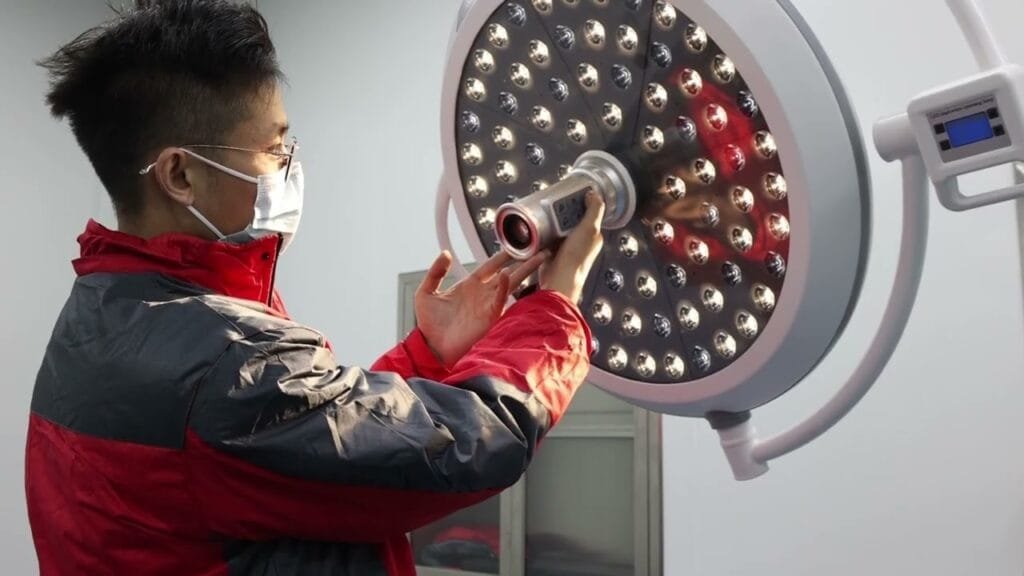
Investing in advanced surgical lighting meeting and exceeding recommended standards has tangible data-backed benefits, including:
● 37% faster post-operative recovery: Enabling greater surgical accuracy and less trauma
● 65% fewer wound infections: Owing to better intraoperative tissue visualization
● 83% reduction in immediate surgical site rework: Signifying superior first-time results
Furthermore, brighter surgical lighting rated above 160,000 Lux also bolsters staff performance by supporting naturally accurate sight and lowering eye fatigue—addressing key occupational hazards for surgeons. Robust clinical and financial arguments support upgrading inadequate lighting.
With LEDs replacing conventional halogen bulbs and integrated automation taking over manual adjustments, innovations in surgical lighting aim to overcome existing challenges around shadows, glare, heat emission and cumbersome positioning. Major developments include:
● Flexible Multi-Segment LED Heads: Allow precise directional control to eliminate shadows in difficult sites.
● Smart Sensors: Auto-adjust brightness, color temperature and beam focus responsive to ambient room light changes.
● Miniaturized Theater Booms: Compact ceiling-boom equipment with greater maneuverability to relocate lights intraoperatively without disruption.
● Imaging Integration: Combine lighting with HD video for real-time augmented procedural accuracy.
Leveraging these surgical lighting advances tangibly improves flexibility, performance and minimizes disruptions—taking safety and outcomes to new heights.
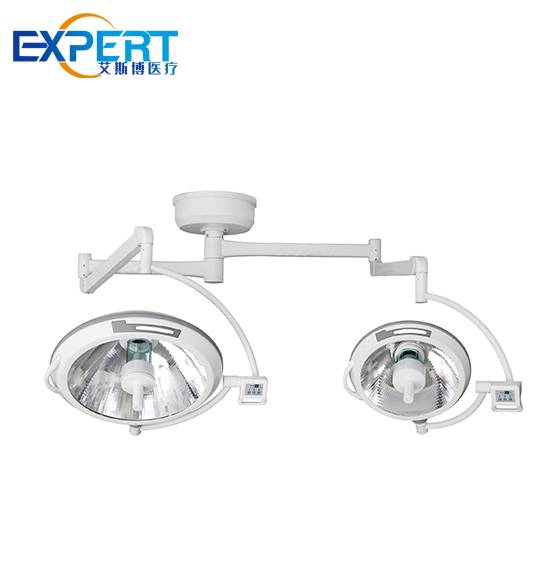
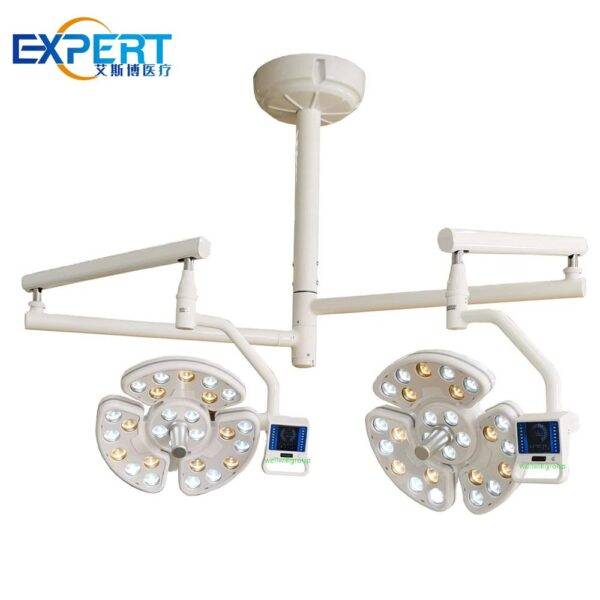


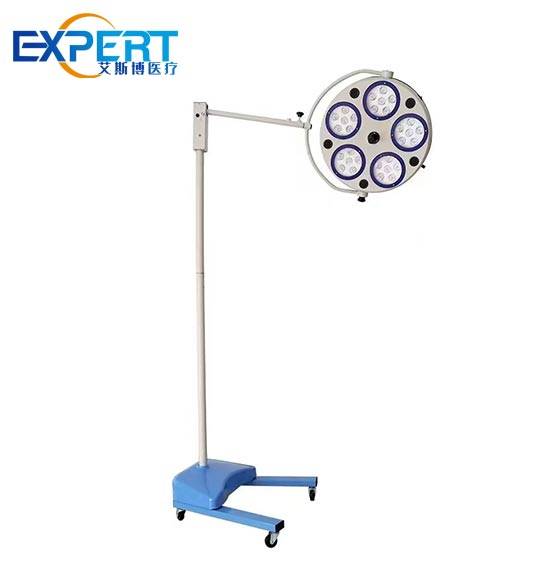
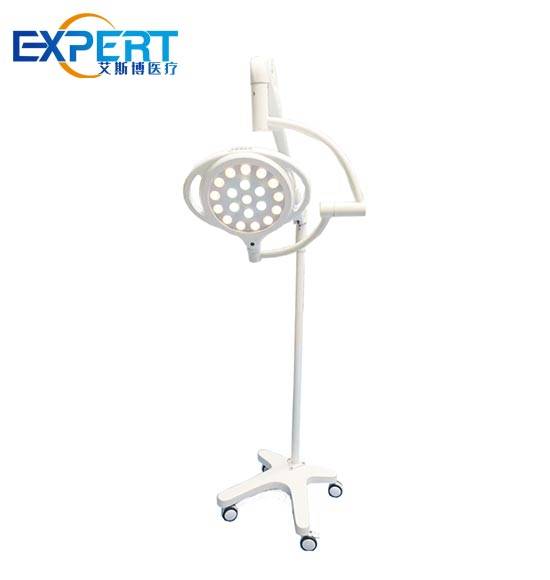
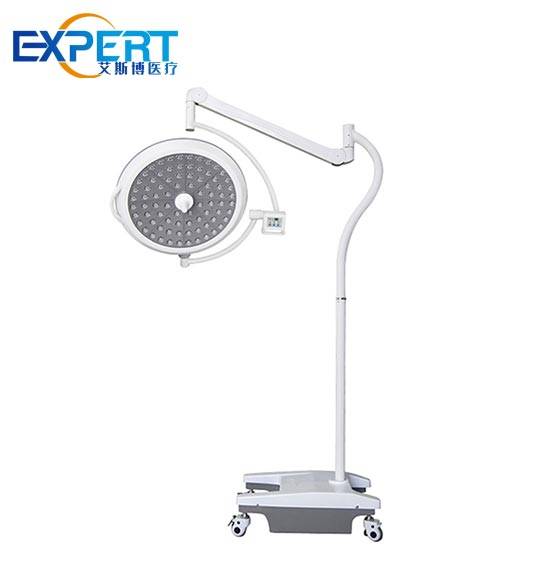
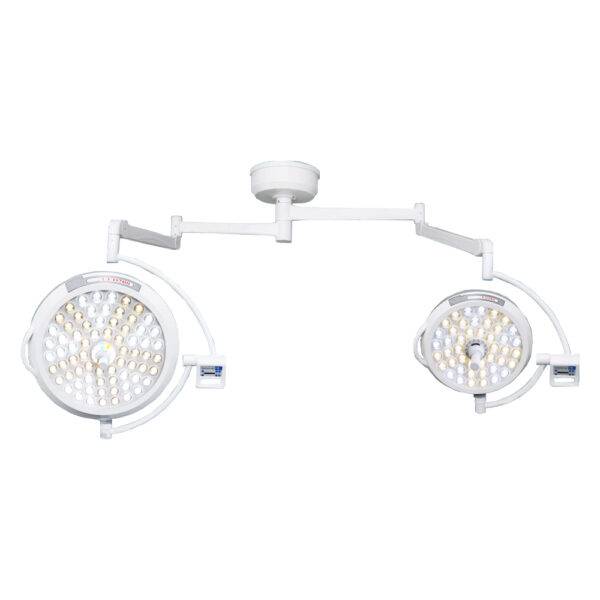
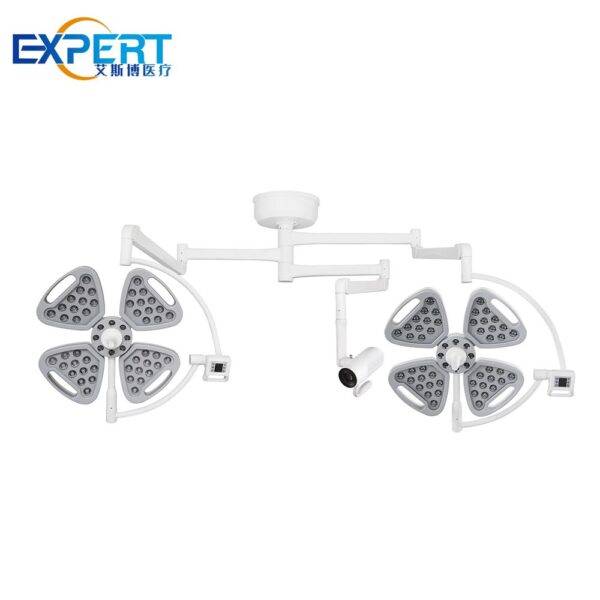
When investing in new or upgraded surgical lighting, keep the following aspects in mind:
● Scope of procedures performed — are wider spot sizes or lighting versatility needed?
● Patient population attributes demanding greater illumination
● Size and layout of operating rooms
● Ceiling structural capacity to support heavy booms
● Budget availability
● Any specific staff needs/complaints around existing lighting
Thoroughly evaluating all selection parameters results in high-performing surgical lighting systems matching healthcare facility requirements.
Brighter surgical lighting beyond 160,000 Lux has been substantiated by data to offer enhanced safety, clinical accuracy, and financial advantages. Extensive research indicates that increased illumination levels contribute to better visibility, reduced errors, and improved patient outcomes during surgical procedures.
Specific patient attributes, such as obesity, and complex procedures like reconstructions, necessitate focused upgrades in lighting capacity. Tailoring surgical lighting to accommodate varying patient needs and procedure requirements ensures optimal illumination and precision throughout the surgical process.
Emerging technologies are continually enhancing surgical lighting systems, providing advancements in flexibility, ergonomics, and automation. These innovations enable surgical teams to customize lighting settings, optimize positioning, and streamline workflows, ultimately enhancing surgical illumination and efficiency.
When considering surgical lighting investments, it’s essential to evaluate factors such as facility procedures, populations served, and infrastructure. By conducting a comprehensive assessment of these aspects, healthcare facilities can make informed decisions regarding the selection and implementation of surgical lighting solutions that best meet their specific requirements and objectives.
Q: Why is shadow reduction important in surgery?
A: Shadows conceal anatomical structures leading to errors and delays from constant repositioning needs. Multi-pod lights minimize shadows.
Q: Can additional portable lighting expand main surgical light capabilities?
A: Specialty exam lights can supplement areas needing extra illumination. But central theater lighting should meet demands without auxiliary lighting needs.
Q: Are there options for facilities with low ceiling weight capacities?
A: Yes, wall-mounted surgical lights are suitable for lower-strength mounts by redistributing load stresses.